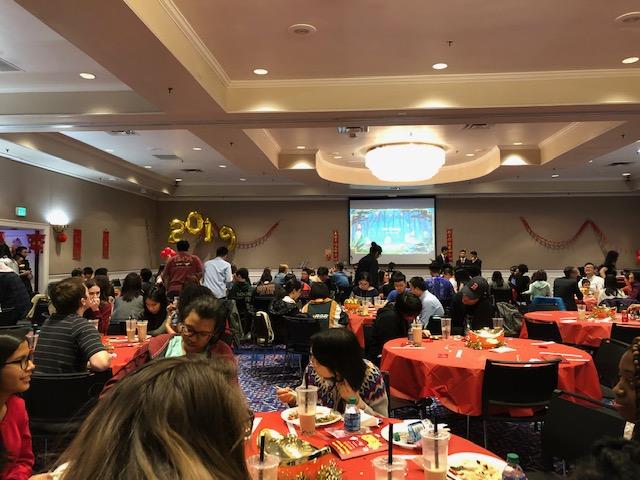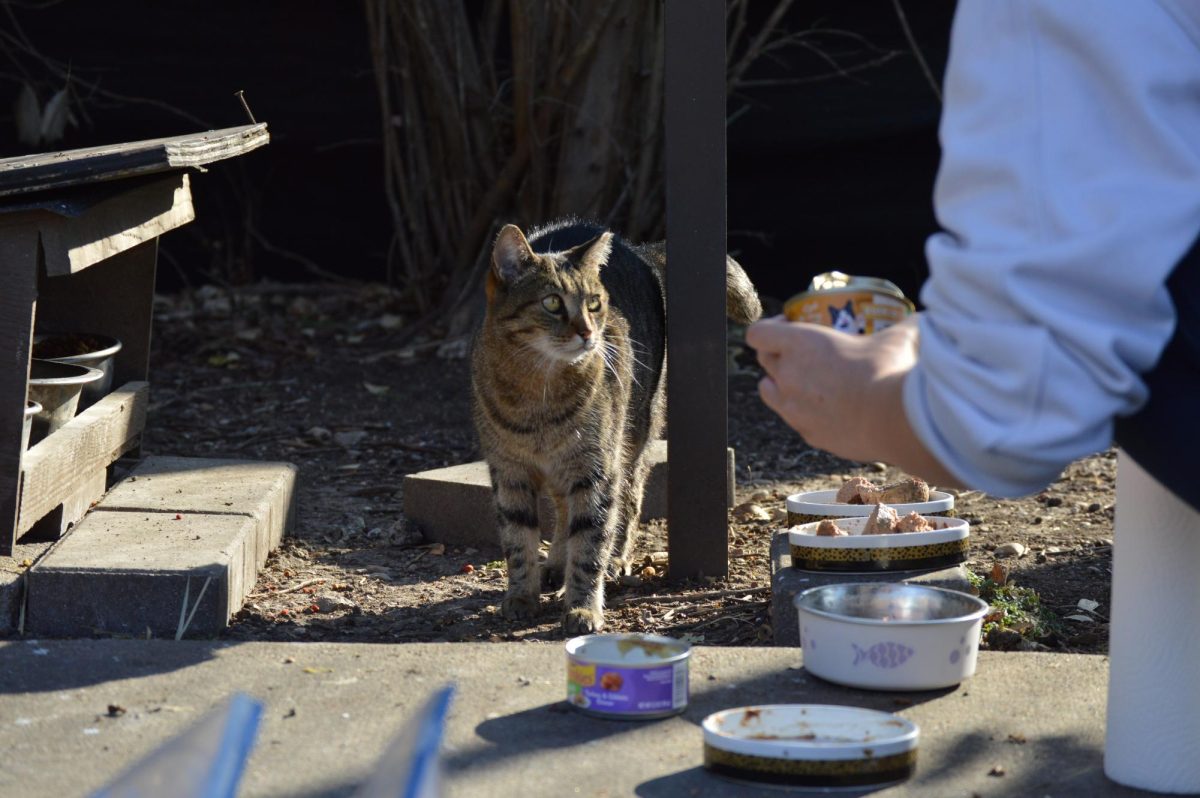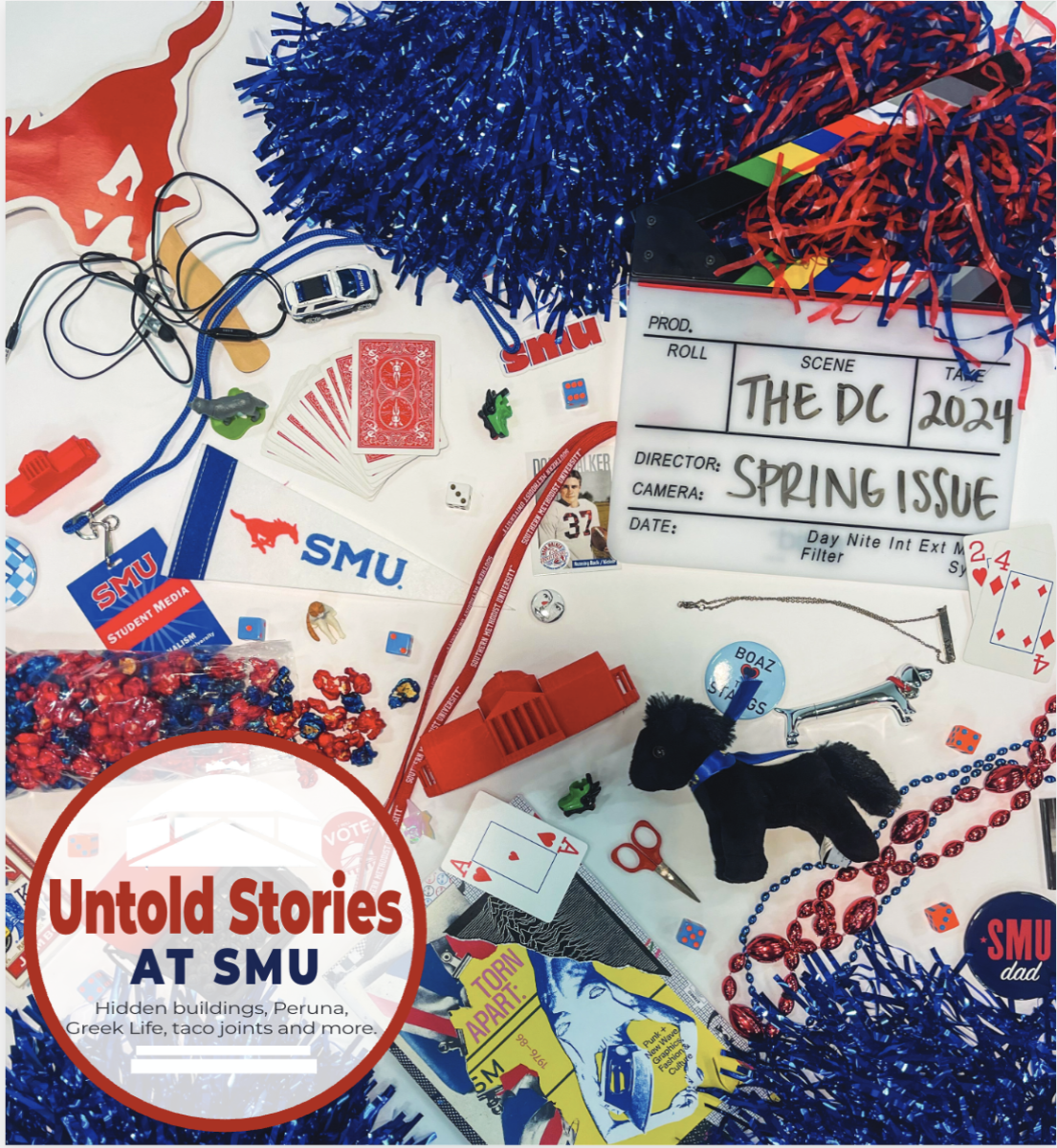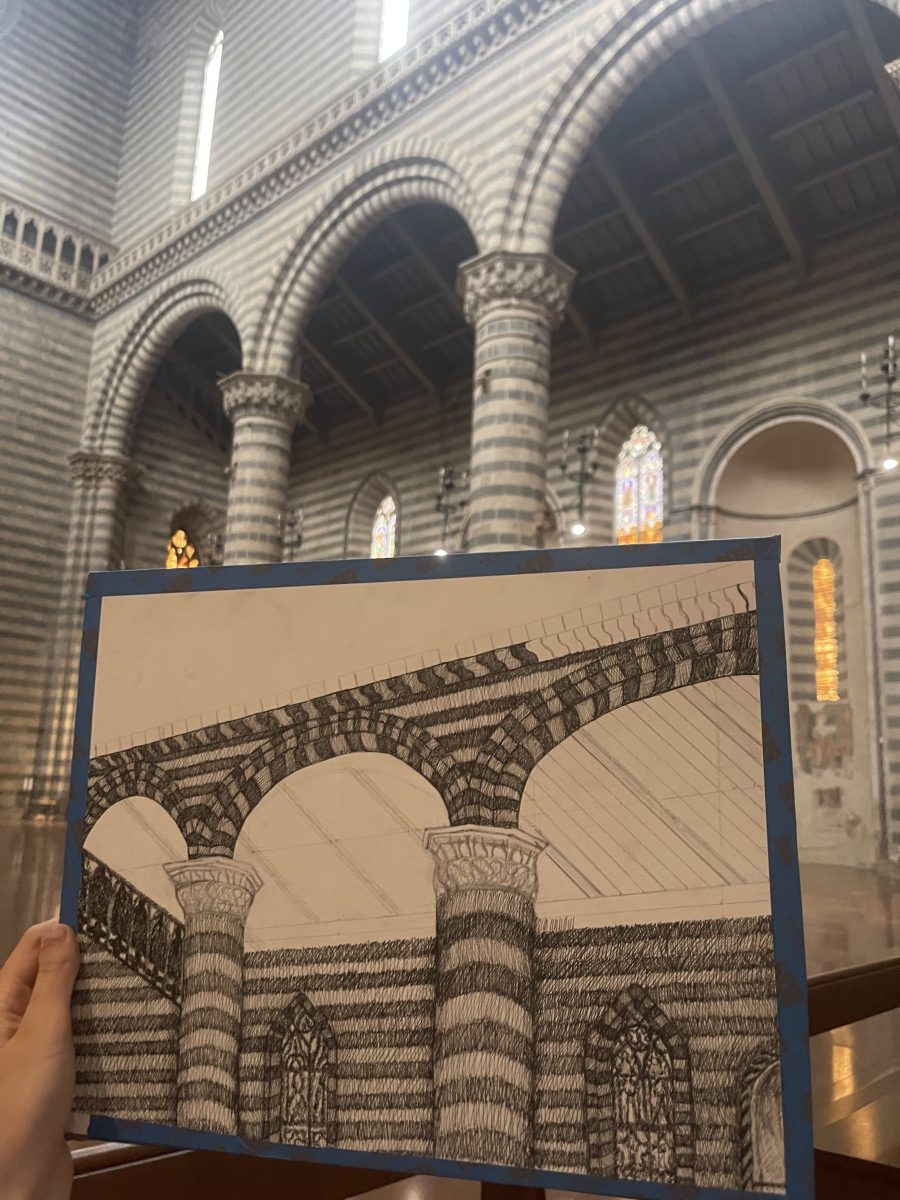Over 250 members of the SMU community enjoyed unifying the Chinese-American and international communities at this year’s Chinese New Year Festival in Hughes-Trigg Ballroom on Feb. 15.
“I was really excited that we were working with the international community and not just keeping it within the Asian-American community,” SMU Junior Mangi Shi said. “I think it just brings us unity.”
Chinese Student Association (CSA) is a Chinese-American student organization associated with Asian Council, while Chinese Student Union (CSU) is made up of mostly international students. SMU Chinatown is a Caswell Project started by international students that provides tutors for those learning Chinese.
CSA President Florence Kam said that this was the first time they all worked together.
“We’ve been wanting to collaborate with them for a while,” Kam said. “While our organizations each have a different focus, we wanted to work together for the most important celebration of the year as we share Chinese culture with the SMU community.”
Chinese New Year celebrates the beginning of a new year on a traditional Chinese calendar. This year’s festivities included lion dances, tai chi, and traditional Chinese food.
Another special tradition in Chinese New Year is the distribution of small red envelopes with money inside. Volunteers handed out these red envelopes containing a chocolate gold coin and a raffle ticket instead of money.
This reminded Kam of celebrating the new year with her family.
“My family always gets together for Chinese New Year dinner at my grandma’s house with home-cooked food,” Kam said. “Of course, my favorite part is the hongbao, which are red envelopes with money inside that adults give to kids. Many Chinese families will have hotpot for Chinese New Year dinner or make dumplings together as a family.”
#SMU Chinese New Year Fashion Show! pic.twitter.com/G1aIZPkYLY
— Sriya Reddy (@SriyaReddy23) February 16, 2019
The festival also included a variety of songs, dances and a fashion show. The emcees for each performance spoke in both Chinese and English.
Shi was excited to see other students share her appreciation and respect for tai chi in Chinese culture.
“It was great to see that part of our culture being represented and not being ridiculed, as you typically see,” Shi said. “It is really good for health benefits. It is an activity that lets you control the way air circulates through your body.”
https://www.instagram.com/p/BuIIMdHHWAH/?utm_source=ig_share_sheet&igshid=467gzx1hqgqy
The audience cheered as the lion dance concluded the night. Kam explained the lion dance’s place in Chinese culture.
“The Lion Dance is a form of traditional dance in Chinese culture and other Asian countries in which performers mimic a lion’s movements in a lion costume to bring good luck and fortune,” Kam said. “The lion dancers were interactive with the audience, and I hoped everyone enjoyed the performance as much as I did.”
Over 250 members of the SMU community enjoyed the lion dance and other aspects of the Chinese New Year Festival that evening.
However, it wasn’t the exciting lion dance or delicious food that stood out the most that night. For students like Kam, it was the collaborative work with CSA, CSU and SMU Chinatown that made it all worth it.
“I think the event overall went really well,” Kam said. “My favorite part would actually have to be the behind-the-scenes work with CSU and Chinatown.”















